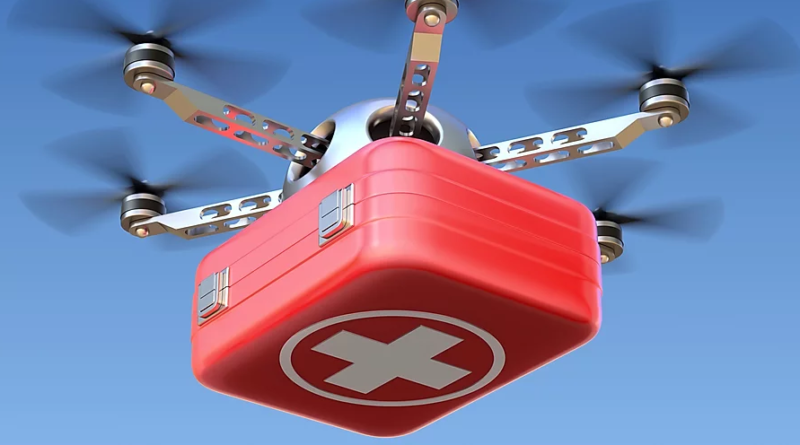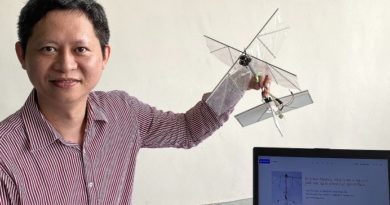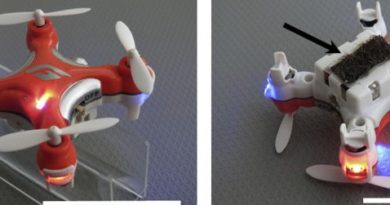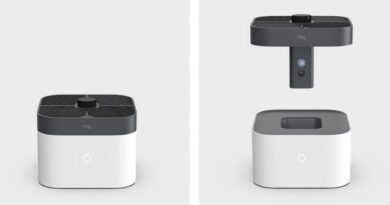In pandemic, using drones to drop medical supplies from sky
Providing communities with essential health care is no easy task. Medical professionals from emergency responders and third world aid workers to time-stressed staffers in large hospitals face a host of challenges every day—challenges unmanned aircraft systems, or UAS, can help overcome.
Drones make it possible to deliver blood, vaccines, birth control, snake bite serum and other medical supplies to rural areas and have the ability to reach victims who require immediate medical attention within minutes, which in some cases could mean the difference between life and death. They can transport medicine within hospital walls and courier blood between hospital buildings, as well as give elderly patients tools to support them as they age in place. UAS offer a variety of exciting possibilities to the health care industry, possibilities that help save money as well as lives.
“Drones are going to decrease the reliance on human beings that provide care and decrease the cost of assisting people,” said Dr. Jeremy Tucker, vice president patient safety and regional medical director at MEP Health. “Being able to cross long distances at faster speeds to deliver blood products and lab samples also is a huge benefit. Now transporting blood products between hospitals, for example, involves vehicles on the ground that are prone to accidents and delays. Drones can help decrease those incidents.”
The opportunities are there, which is why researchers, manufacturers and nonprofit organizations are starting to look to UAS to provide applications that boost efficiencies and improve medical outcomes.
Drone manufacturer Flirtey recently completed the first ship-to-shore drone delivery in the U.S. The mission, held in conjunction with the John Hopkins University School of Medicine and the nonprofit Field Innovation Team (FIT), demonstrated how UAS can ferry aid such as medical supplies and water during a disaster situation, according to a press release. During the demo the drones carried medical samples for emergency testing, flying them between an onshore medical relief camp at Cape May, N.J., and a test facility on a vessel off the New Jersey coast. The drones also transported medical supplies from the vessel to the onshore medical camp.
Today, much of the research involving health care-related drones centers around delivery to remote areas, but that’s not the only way UAS can benefit this industry. Will Stavanja, founder of consulting company Wilstair, is among those looking into how UAS can be used inside hospitals.
One way is by transporting blood samples and medications from floor to floor or building to building, rather than making such deliveries by foot or through the pneumatic tube systems hospitals typically use, Stavanja said. This can be particularly helpful for growing hospitals making additions. Expanding a pneumatic tube system is a costly endeavor, but using a drone instead gives hospitals the ability to transport specimens and medications from floor to floor at a low cost.
“As the technology continues to advance, a small drone can be scheduled to deliver medicine at 3 in the afternoon to room X,” he said. “As long as each of the waypoints are programmed for the drone’s trajectory, the drone can complete operations a pneumatic tube can’t.”




